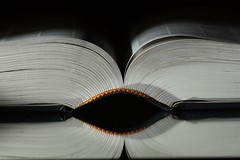Light Keeps Me Company – A Poet of Light and Shadow – Rajiv Jain (Indian Cinematographer / Director of Photography / DOP)
Light Keeps Me Company – A Poet of Light and Shadow – Rajiv Jain (Indian Cinematographer / Director of Photography / DOP)
A sample lesson: HD vs. Film…
Aspiring filmmakers are quite lucky compared to years ago. Today, you can make a movie in just about any format and still be taken seriously, assuming that you have a great story and reasonably good production values. As mentioned, The Blair Witch Project is one of the most successful independent features ever made, yet it was shot with a consumer video camera (non-digital).
Prior to the digital revolution of the 1990s, things were a lot different. If the movie was shot on a format other than 35mm, it did not stand a chance of being distributed. 16mm was not taken seriously and video was a joke. These standards were so ingrained in the industry, that even actors were reluctant to work on non-35mm shoots.
All that has changed now. Affordable, high-quality digital cameras have democratized the industry. Still, 35mm film is the standard by which all video formats are judged.
Has video reached the same quality level as 35mm? Old school filmmakers say “no” because the image capturing ability of 35mm is a “gazillion” times greater than video. Is this really the case? Let’s take a closer look. The truth may surprise you.
Note: the study below is based on classic HD with 1080 lines of horizontal resolution. In 2007, the first ultra HD camera was introduced featuring an amazing 4,520 lines. Keep that in mind while reading!
The concepts associated with high definition (HD) video can be confusing to those of you unfamiliar with video camera function. If you are a beginning filmmaker, terms like scan lines,
